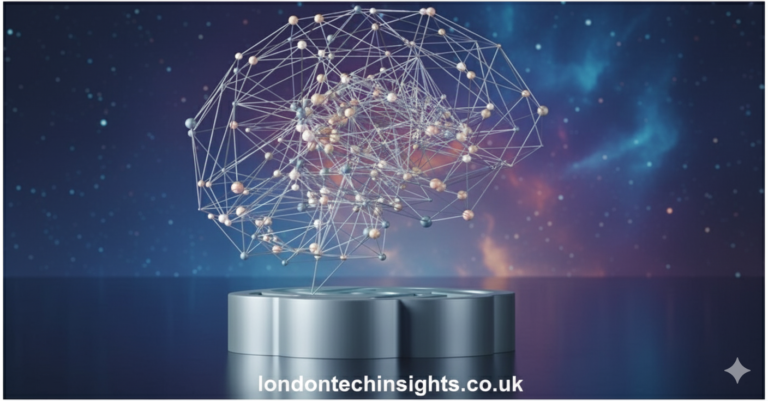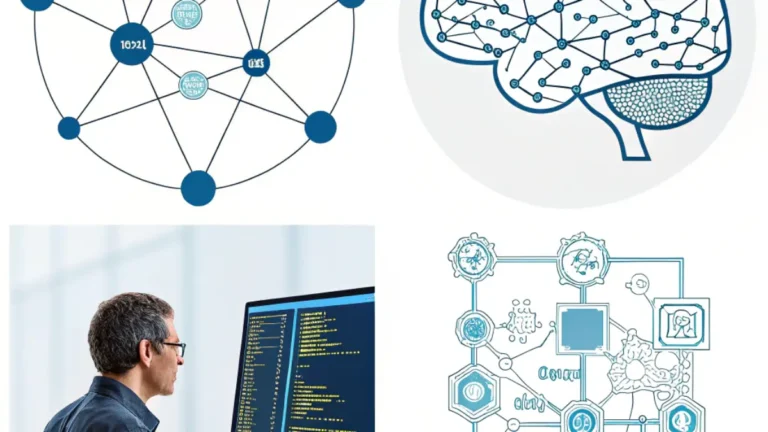Precision optics lie at the heart of medical devices, imaging tools, and advanced instrumentation. Yet, the transparent nature and curvature of lenses pose considerable challenges for traditional inspection methodologies. Small scratches, bubbles, coating blemishes, or subtle haze—often invisible to the human eye—can compromise performance and safety. To overcome these hurdles, industries are embracing Lens Inspection Systems built on microscopic inspection techniques and powered by AI-driven Micron-Level Defect Detection.
Let’s dive into how these advanced systems are reshaping optical quality assurance.
Why Lenses Are Difficult to Inspect
Inspecting transparent, curved optical components like intraocular lenses (IOLs), camera optics, or laser elements comes with unique obstacles:
- Light Interference: Reflections and refractions complicate imaging, often obscuring defects.
- Surface Curvature: Maintaining focus and lighting on curved surfaces is technically demanding.
- Microscopic Defects: Tiny scratches, pits, coatings inconsistencies—imperceptible to the naked eye—can degrade optical clarity.
- Shape Variability: Wide-ranging geometries demand adaptable inspection systems.
These challenges make manual inspection via microscopes unreliable, slow, and inconsistent—especially when scaling production.
Enter the AI-Powered Lens Inspection System
Intelgic’s Lens Inspection System combines smart hardware and intelligent software to address these challenges:
- Micron-Level Defect Detection: Capable of identifying micro-scratches, bubbles, haze, coating faults, and edge deformations with precision.
- Specialized Imaging Techniques: Backlighting, coaxial illumination, and dome lighting are used to minimize glare and shadows, ensuring defect visibility on complex curved surfaces.
- AI-Powered Analysis: Deep-learning models, trained on thousands of defect samples, classify flaws by type and severity in real time.
- Automated Quality Control: Instant pass/fail decisions, digital quality certificates, and integration into Quality Management Systems (QMS) for full traceability.
The system is flexible enough to handle:
- Intraocular lenses (medical-grade)
- Contact lenses (soft and RGP)
- Camera lenses (precision optics)
- Laser optics where safety and clarity are non-negotiable
Scaling Up: From Microscopes to AOI Automation
Moving from manual microscopy to AI-powered Automated Optical Inspection (AOI) systems brings remarkable advances:
- Consistency: Removing subjective human judgment reduces variability and fatigue errors—traditional methods could exceed 15% error rates.
- Scalability: AI makes it feasible to inspect thousands of units per hour—vital for mass manufacturing.
- Flexibility: Each product’s form, material, and transparency are assessed to configure cameras, lenses, and lighting for optimal results.
With AOI, micron-level precision is now fast, objective, and scalable.
Key Components of a Modern Lens Inspection System
- High-Resolution Cameras
- Industrial-grade area or line-scan cameras capture fine details even under speed constraints.
- Industrial-grade area or line-scan cameras capture fine details even under speed constraints.
- Precision Optics
- Telecentric lenses, for distortion-free imaging, are essential when inspecting rounded or thick optics.
- Telecentric lenses, for distortion-free imaging, are essential when inspecting rounded or thick optics.
- Custom Lighting Solutions
- Combinations of backlight, dark-field, and coaxial lighting reveal defects like scratches, bubbles, or haze effectively.
- Combinations of backlight, dark-field, and coaxial lighting reveal defects like scratches, bubbles, or haze effectively.
- AI-Based Analysis Software
- Tools like Intelgic’s Live Vision AI detect anomalies, classify defect severity, and ensure fewer false positives.
- Tools like Intelgic’s Live Vision AI detect anomalies, classify defect severity, and ensure fewer false positives.
- Integration and Traceability
- Inspection data—images, defect types, timestamps—is automatically logged and integrated with QMS for audits and root-cause tracking.
- Inspection data—images, defect types, timestamps—is automatically logged and integrated with QMS for audits and root-cause tracking.
Microscopic Inspection Beyond Lenses
The same principles extend to other critical precision tasks requiring microscopic inspection:
- Edge and coating assessment in surgical implants
- Zero-tolerance flaw detection in injectable medical components
- Surface finish checks in semiconductor-related devices
With industrial cameras, AI-enhanced imaging, and tailored lighting, such inspection workflows become faster, more consistent, and data-rich.
Real-World Impact & Benefits
Optical Manufacturers
- Reduced rework and scrap thanks to early detection
- High throughput inspection aligning with product lifecycles
- Digital certification improves compliance for medical audits
Medical Device Manufacturers
- Enhanced patient safety by ensuring defect-free optics
- Scalable inspection with auditable traceability for each batch
- Flexibility for various lens designs and coatings
Imaging Equipment Producers
- Image quality assurance avoids customer field failures
- Uniform inspection across curved or complex lens surfaces
- Consistent brand quality reinforces trust and reliability
Best Practices for Setup and Deployment
- Calibrate for each lens type with custom fixturing or jigs
- Optimize lighting based on surface finish and curvature
- Select the right camera resolution for defect scale and field-of-view: micron-level images may require high megapixel sensors or line-scan systems
- Train AI models with real defect samples and update regularly for continuous accuracy
- Implement digital traceability and feedback loops into production dashboards
Future Directions
As machine vision technology evolves, we can expect even smarter inspection systems:
- Generative AI for Pixel Enhancement: Up-scaling low-res images to amplify visibility of minute defects.
- Mixed Reality Feedback: Overlaying inspection results in real-time for operator validation
- Edge and Cloud Fusion: Real-time local decisions synced with cloud-based analytics for fleet-wide insights
- Adaptive Learning Models: Systems that evolve defect detection profiles autonomously over time
For every industry reliant on optical perfection—be it medical, imaging, or laser-based—Lens Inspection Systems with AI-powered microscopic inspection and Micron-Level Defect Detection have changed the quality control game. These systems offer precision, speed, and traceability that surpass conventional methods, ensuring that every lens not only functions—but performs flawlessly.






